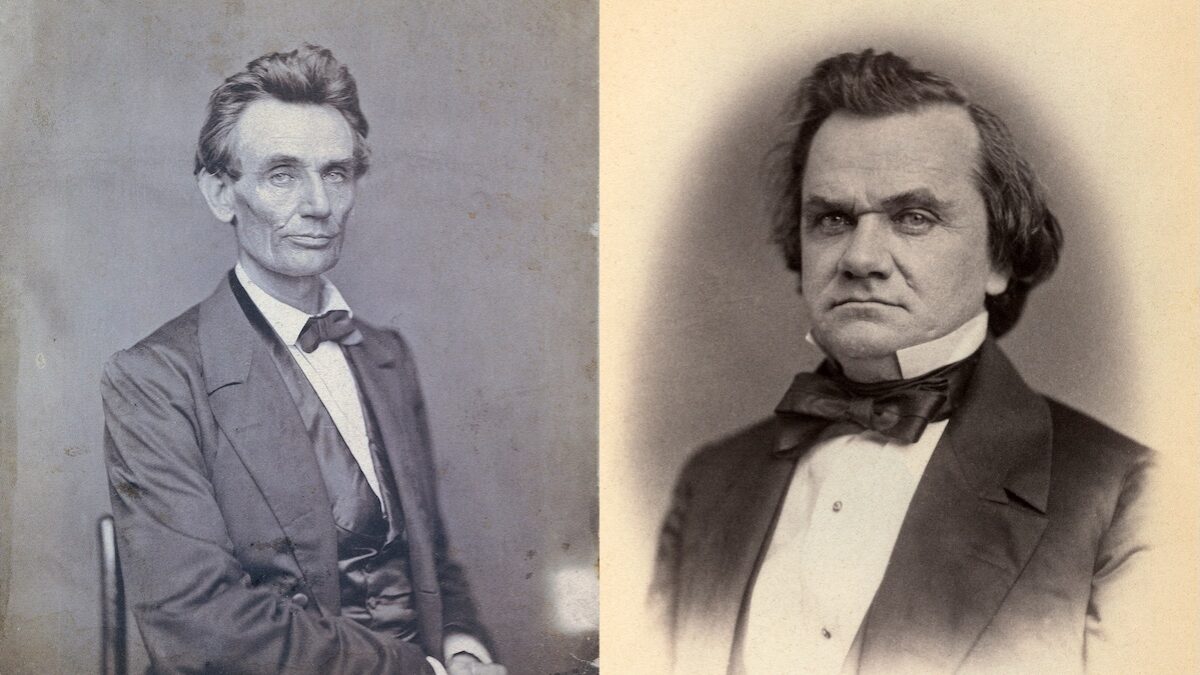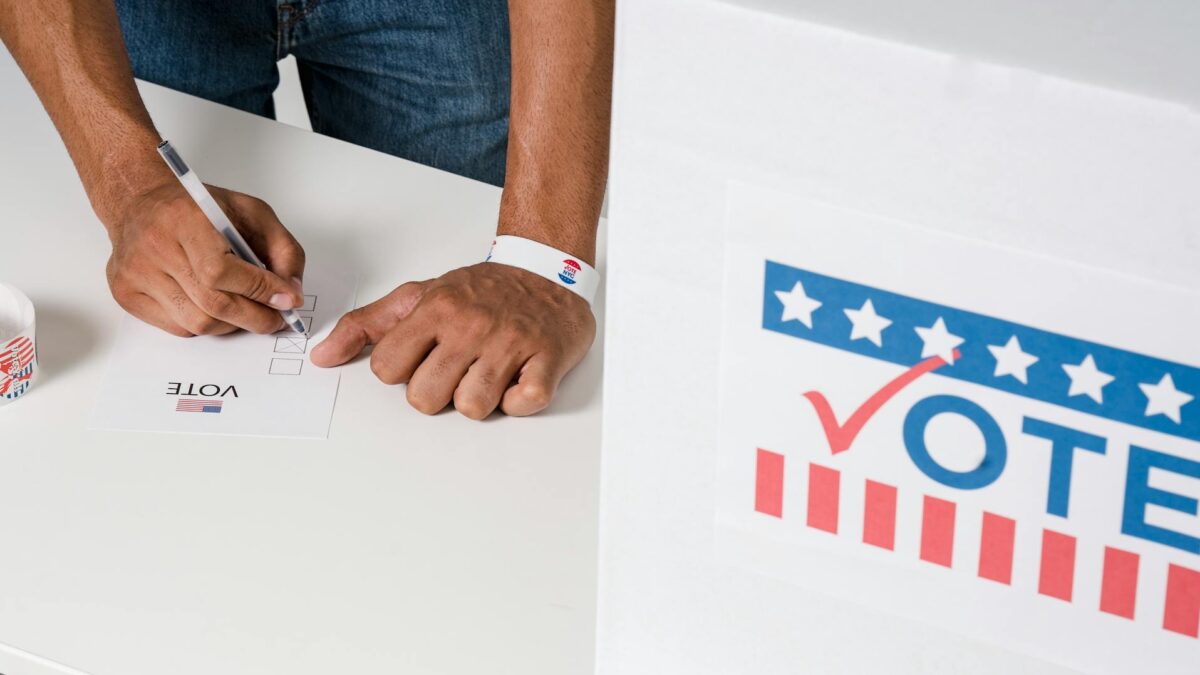After another school shooting — this one at Robb Elementary School in Uvalde, Texas, leaving at least 21 victims dead — politicians like President Joe Biden are already capitalizing on the tragedy to push their anti-gun agenda. They’ll tell you that the vague category of “assault weapons” has no place in American citizens’ hands, or seize the moment to vilify “the semiautomatic weapons that terrorize us” (as a New York Times essay put it). But these firearms have been accessible for decades — far before school shootings were such an unfortunately common occurrence.
Various versions of the AR-15 are some of the popular firearms most relentlessly targeted by anti-gun lobbyists, with their semiautomatic capability (i.e., the ability to fire multiple rounds without manual reloading, while still requiring the pull of a trigger) blamed for the deadliness of many recent shootings. But Colt sold an AR-15 SP1 Sporter Rifle starting in 1964, 58 years ago.
As for semiautomatic handguns, one of the most iconic models dates back to 1911. (The Colt M1911 held fewer rounds than many of today’s handguns, but the 13-round Browning Hi-Power came on the market in 1935, and the 16-round Beretta Model 92 appeared in 1976.) The firearms that civilians have access to today are not significantly deadlier than the ones that were manufactured for civilian use over half a century ago. Furthermore, the number of Americans who possess a gun in their homes has overall been lower in the last 30 years than it was from the 1960s to the 1990s.
Yet we’ve seen a heartbreaking rise over the past several years in incidents where evil, disturbed cowards choose to target schools full of vulnerable children. Before Uvalde, there were Santa Fe High School and Marjorie Stoneman Douglas High School in 2018, Sandy Hook Elementary School in 2012, and Red Lake High School in 2005 — and those are just some of the names you probably already know.
Crimes committed by evil people are nothing new, of course, and schools in particular had experienced shootings and violence before these. In the 19th and 20th centuries, there were records of shooting deaths at schools caused by personal feuds, accidental shootings when guns were thought to be unloaded, arguments gone wrong, or disgruntled students or administrators seeking revenge on authorities.
But until the late 1980s, the concept of a mass shooter walking into a school and arbitrarily targeting people was incredibly rare, if not completely unheard of. In 1988, a 19-year-old shooter fatally shot two 8-year-olds and wounded nine other people at Oakland Elementary School in Greenwood, South Carolina. In the same year, a woman fired on an elementary school classroom in Illinois as part of a bizarre crime spree. In 1989, a gunman killed five children at Cleveland Elementary School in California. And in 1994, a 37-year-old walked into Wickliffe Middle School and killed custodian Peter Christopher.
Other shootings were perpetrated by disgruntled or troubled students, including at Olean High School in New York in 1974; Atlantic Shores Christian School in Virginia in 1988; Lindhurst High School in California in 1992; Bethel Regional High School in Alaska, Heath High School in Kentucky, and Pearl High School in Mississippi in 1997; and Westside Middle School in Arkansas in 1998.
The infamous shooting at Columbine High School in Colorado in 1999 shocked the national conscience and launched the concept of school shootings further forward as a growing and tragic problem. Since Columbine, American families have faced unimaginable tragedies at Santa Fe High, Marjorie Stoneman Douglas High, Sandy Hook Elementary, Red Lake High, as well as Santana High School in California in 2001, Rocori High School in Minnesota in 2003, SuccessTech Academy in Ohio in 2007, Chardon High School in Ohio in 2012, Sparks Middle School in Nevada in 2013, Marysville Pilchuck High School in Washington in 2014, Townville Elementary School in South Carolina in 2016, Aztec High School in New Mexico in 2017, Marshall County High School in Kentucky in 2018, Saugus High School in California in 2019, Oxford High School in Michigan in 2021, and countless others.
So if the guns in Americans’ hands and homes haven’t radically changed in the last few years, what has? As The Federalist’s Mark Hemingway noted, we’ve seen “no big advances in firearm lethality compared to what citizens could own decades before we ever had regular mass shootings.”
While humanity has been fallen since Eden, the past 50 years have seen countless indicators of exponential cultural decline, not the least of which have been falling marriage rates and skyrocketing numbers of children who are denied the chance to live with both their mother and father. We’re also seeing a pandemic of mental illness, which the years of mental angst and isolation caused by Covid school closures will certainly only worsen.
Americans are losing interest in the purpose and community that faith and church offer, losing respect for the sanctity of human life, and losing sight of the notion that a higher moral good exists than immediate self-gratification. Instead, we live under a cultural ethic that idolizes the indulgence of selfish desires even up to the point of taking the life of another.
Meanwhile, our politicians and academics pit Americans against each other based on the color of their skin, while the media machine grants notoriety to cowardly killers whose names deserve to be forgotten. Add to that our social media-crazed culture’s obsession with a few seconds of fame at any expense, and it’s clear that the gun market isn’t what’s radically changed. We need to address the rot we’ve sown for our children to grow up in, and no amount of blaming firearms for our culture’s depravity is going to change that.









